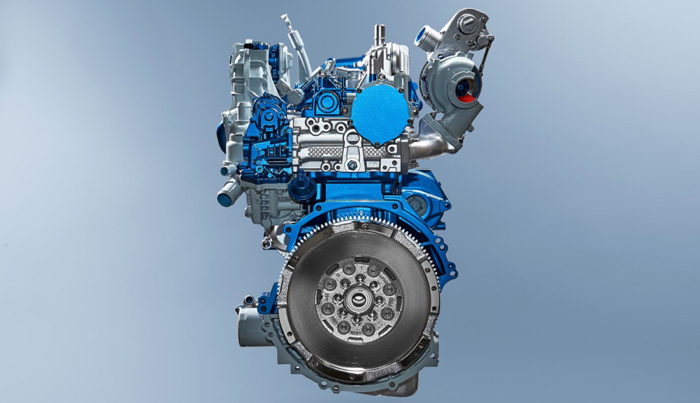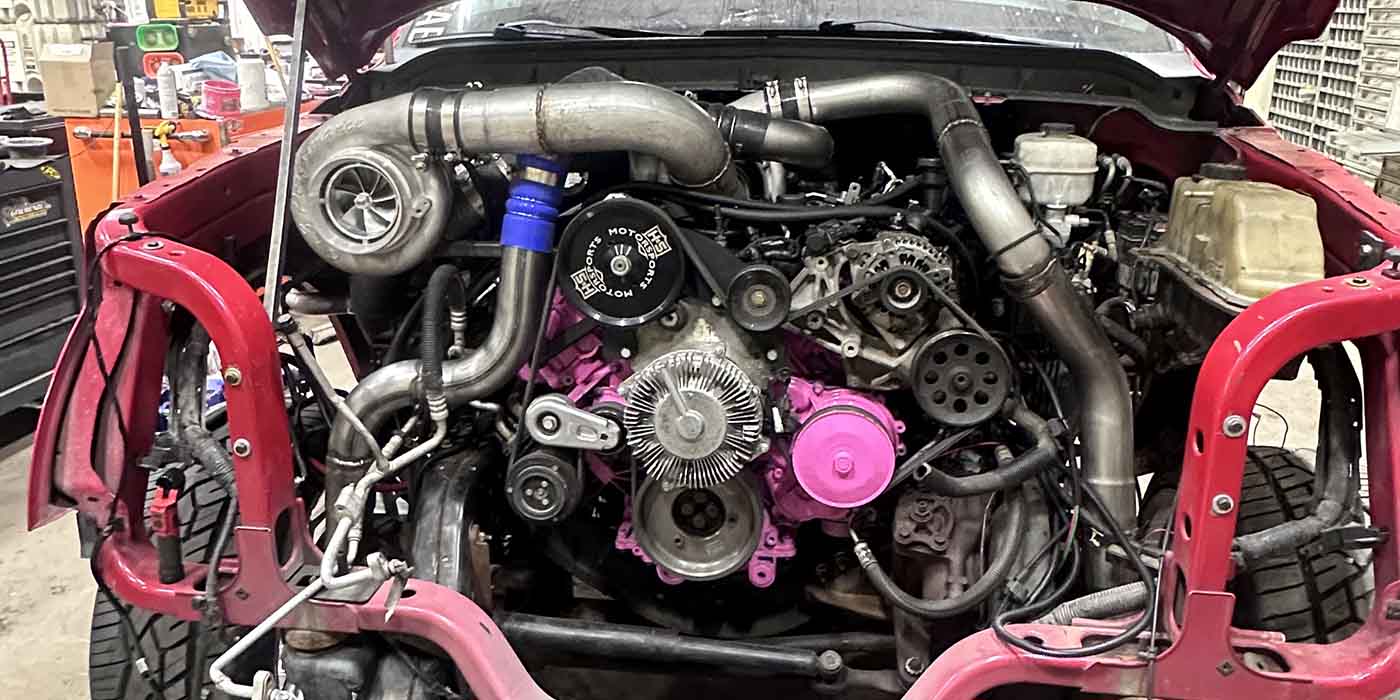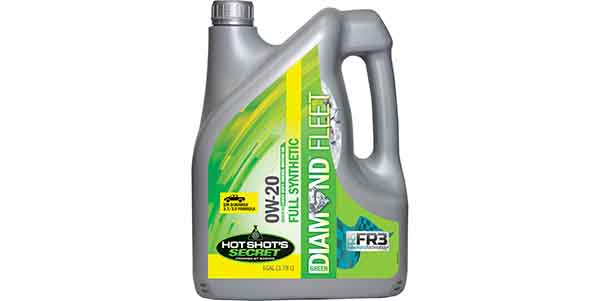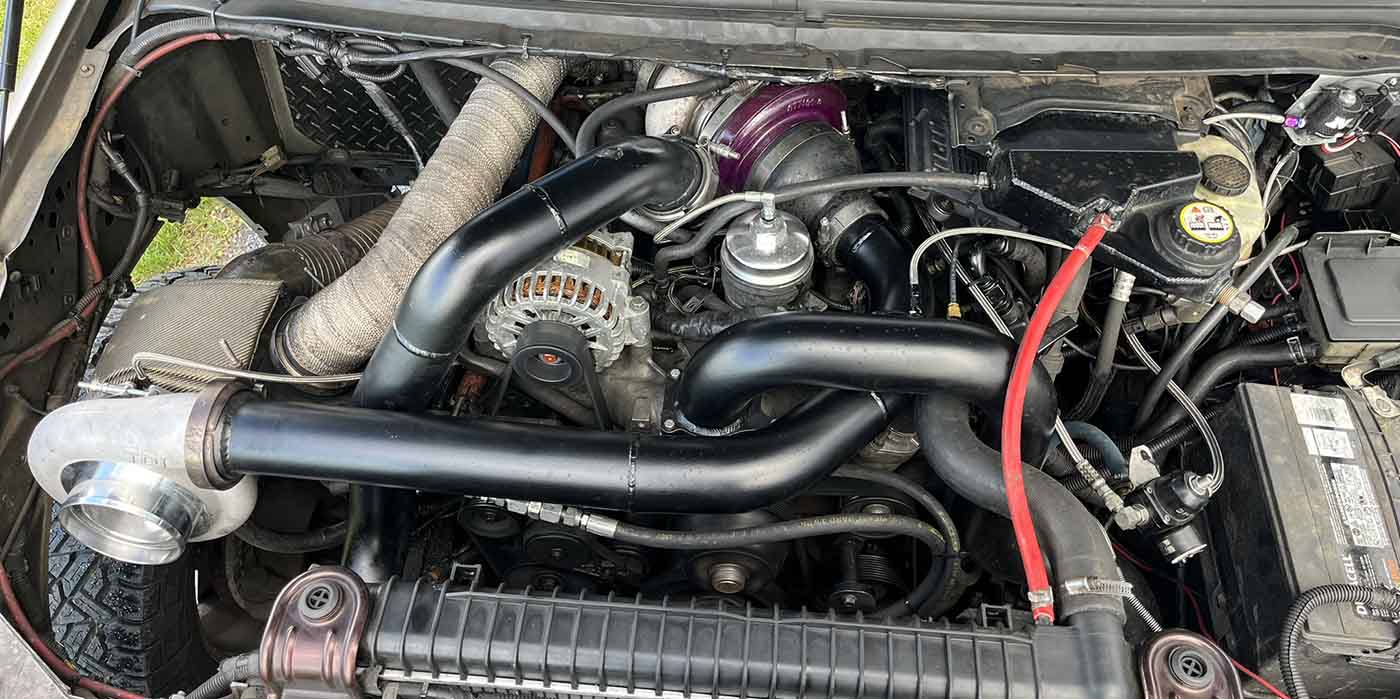Ford has revealed the first new EcoBlue advanced diesel engine that will offer optimized fuel efficiency and reduced CO2 and NOX emissions* for customers, using sophisticated technologies and innovative design.
Building on the industry-leading performance and technology of Ford’s EcoBoost engines, Ford’s range of EcoBlue diesel engines will power the company’s future passenger cars and commercial vehicles with power outputs ranging from 98 hp to 236 hp.
The four-cylinder 2.0L Ford EcoBlue debuts in the new Transit and Transit Custom vans, delivering an unrivalled package of fuel efficiency, performance and refinement.
Drivability is enhanced with 20 percent more torque at 1,250rpm compared with the outgoing 2.2L TDCi diesel engine, helping commercial vehicle drivers effortlessly tackle challenging everyday driving scenarios such as creeping in traffic, or overtaking slower-moving vehicles. The new engine also delivers passenger car refinement to the commercial segment, reducing radiated noise by four decibels at idle.
An all-new engine architecture delivers reduced friction and a clean-burning combustion system. Sophisticated after-treatment processes for exhaust gasses enable ultra-low emissions in line with stringent Euro Stage VI standards that will be introduced in September 2016, requiring a 55 percent reduction in NOx emissions compared to Euro Stage V standards.
Advanced technologies include an integrated intake system with Ford’s first application of mirror-image porting for optimized engine breathing; a low-inertia turbocharger featuring rocket engine materials designed for high temperature applications; and an all-new high-pressure fuel injection system that is more responsive, quieter and offers more precise fuel delivery.
Developed by Ford engineering teams in the U.K. and Germany, the versatile all-new 2.0L Ford EcoBlue engine initially will be offered with 103 hp, 128 hp and 167 hp in commercial vehicle applications. Capable of delivering more than 197 hp, the engine will later feature in Ford passenger cars alongside further new EcoBlue engines – including a 1.5L variant.
The all-new 2.0L Ford EcoBlue engine’s clean-sheet design features multiple innovations that reduce friction, contributing to a 13 percent improvement in fuel efficiency, including:
- A 10mm offset crank design that minimizes piston side-load, reducing rubbing forces against the cylinder walls of the downsized four-cylinder iron block
- Minimized crankshaft bearing diameters
- A belt-in-oil design for the camshaft and oil pump drive belts
- An optimized valve-train and an all-new single-piece camshaft module
Ford is for the first time using a new mirror-image porting design for the integrated inlet manifold that precisely controls the flow of air into the cylinders – with the clockwise airflow for cylinder numbers one and two, reversed for cylinder numbers three and four.
This symmetrical arrangement ensures optimum mixing of fuel and air in the combustion chambers of all four cylinders. When fine-tuning the combustion process, computer experiments used measurements from more than 1,400 factors that affect performance of the valve lift and timing alone.
New fuel injectors are capable of delivering up to six injections per combustion event, with each injection taking as little as 0.00025 seconds and delivering 0.8mg of diesel – equivalent to a grain of sugar. This tiny volume of fuel is injected through eight conical holes each 120 microns in diameter – about the width of a human hair.
Piezoelectric technology that uses electrically-responsive crystals to closely control fuel delivery – typically found in premium passenger-car engines – is incorporated into the body of the injector unit. The new injectors deliver reduced noise levels; minimal energy wastage from the fuel pump; more responsive and less intrusive Auto-Start-Stop performance; and real-time calibration correction for maximum fuel efficiency.
The all-new compact turbocharger has been specifically designed to deliver more air at lower engine rpm compared with the outgoing 2.2L TDCi engine, for a light and urgent feel across the rev-range and up to 250 lb. ft. of torque at 1,250 rpm.
An aerodynamically advanced turbine wheel – made from Inconel, an alloy used in extreme temperature environments such as rocket engines – is reduced in diameter by almost 10 percent. The aerospace aluminum grade compressor wheel is reduced in diameter by 15 percent. The reductions decrease inertia and enable faster boost performance with wheel speeds up to 240,000 rpm, contributing to improved low-end torque.
Compressor wheels are milled from solid, rather than cast, improving tolerances to within two or three microns – around the size of a single bacterium – increasing durability and reducing noise and vibration. A new turbocharger actuator replaces a worm drive with a geared design that halves response times to 110 milliseconds – or the blink of an eye.
The new engine will comfortably meet future European emissions requirements supported by Ford’s first standardized selective catalytic reduction system. The system is close-coupled to the rear of the engine for maximum efficiency and excellent cold-driving performance. A short-loop exhaust gas recirculation channel is incorporated into the cylinder head, contributing to a more compact engine design and helping optimize cooling of gasses.
The 2.0L Ford EcoBlue engine will be the first diesel commercial vehicle powertrain from Ford to achieve passenger car noise, vibration and harshness criteria, contributing to enhanced driving appeal.
The new engine radiates half as much sound energy at idle as the 2.2L TDCi diesel engine. A noise-optimized cylinder-head, block, stiffening ladder-frame and oil pan are specifically developed to be desensitized to activity inside the engine, and non-flat mating surfaces are carefully designed to offer tight seals that trap noise within the engine.
“The basic structure of an engine can act as a soundboard for the movements happening inside it, just like a bell. So we try to develop a bell that does not ring very well,” said Dominic Evans, NVH specialist, Ford of Europe. “We’ve engineered every significant noise-influencing component of this engine to be quieter and smoother operating – resulting in the most refined diesel commercial vehicles Ford has ever built.”
A moulded acoustic cover that provides foam encapsulation of the cylinder head, and a front cover made from sound deadened steel, further prevent engine noise being transmitted to the cabin for a quieter driving environment. Additional measures taken to enhance NVH include:
- Micro-geometry analysis of gear teeth down to a micron level (0.001mm) to achieve perfect meshing for smoother operation and less high-frequency whine
- An optimized oil pump featuring unevenly spaced vanes that break up the pump’s noise frequency to make it less perceptible to the listener
- Advanced fuel injectors featuring integrated piezo-stacks, noise softening software and optimized pilot injection
The new 2.0L Ford EcoBlue engine meets Ford’s demanding global commercial vehicle durability standards for extreme usage in markets as diverse as Europe, the U.S. and China.
The engine’s performance has been trialled through the equivalent of 3.4 million miles of durability testing including 250,000 miles at the hands of real-world customers, comprehensive analysis in laboratories and at Ford vehicle proving grounds, and CAE evaluations at every stage of development.
The oil system – including the oil specification, oil pan and filter dimensions, bore distortion tolerances and piston ring specifications – has been engineered to extend oil life, and maintenance-free components include the camshaft belt, camshaft module, and water pump.






